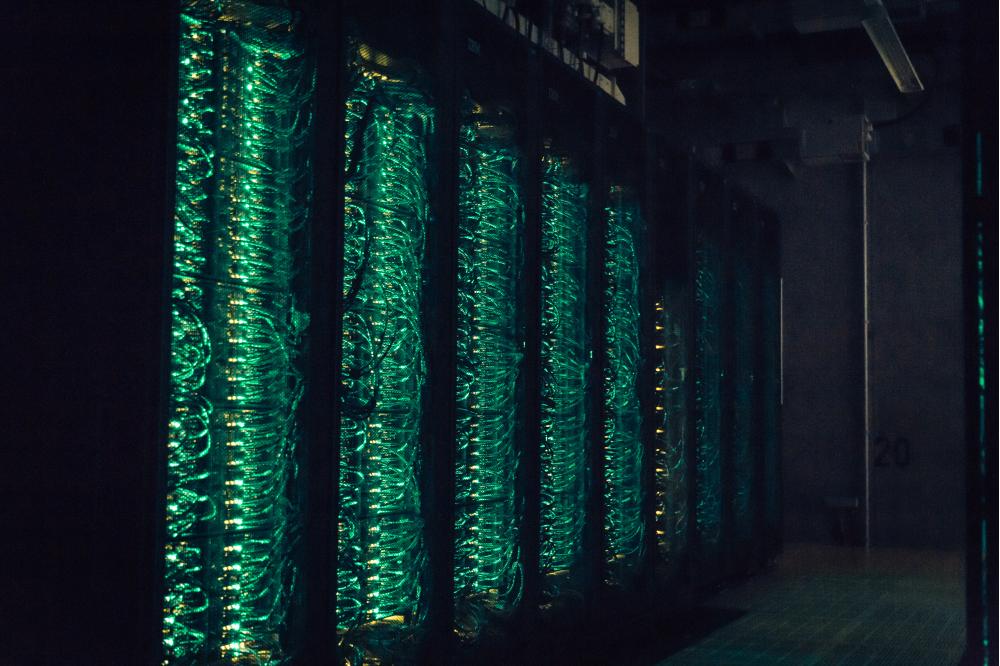Modeling of Turbulence Interface Interactions in Two-Fluid Systems
Introduction
During this project the statistical model put forward in (Waclawczyk, Oberlack) [1] is investigated. The new approach allows to relate the model for evolution of the intermittency region (IR), which is the domain where the interface can be found with non-zero probabilty, with properties of the bulk turbulent fluid.
Methods
Present studies have led to formulation and verification of the Favre averaged IR evolution model (IREM) and the new discretization for the conservative level-set (CLS) method, providing a framework for IREM implementation.[2,3] At first, the a priori study of DNS data obtained from simulations on Lichtenberg cluster with the Fastest code and the VOF method [4] was carried out, during these simulations up to 64 processes were used.
Results
As the result, velocity and pressure fields of the 2D vortex interacting with the flat air / water interface in the turbulent flow regime were obtained and used in the statistical analysis of the velocity interface correlations.[2,5]
Outlook
The next step in the developement of IREM is coupling with the flow solver and the CLS method, [3] the preliminary works were performed in (Kraheberger; Waclawczyk et al.). [5,6] For future tests of the IREM model an access to the computational resources of HHLR is required.




